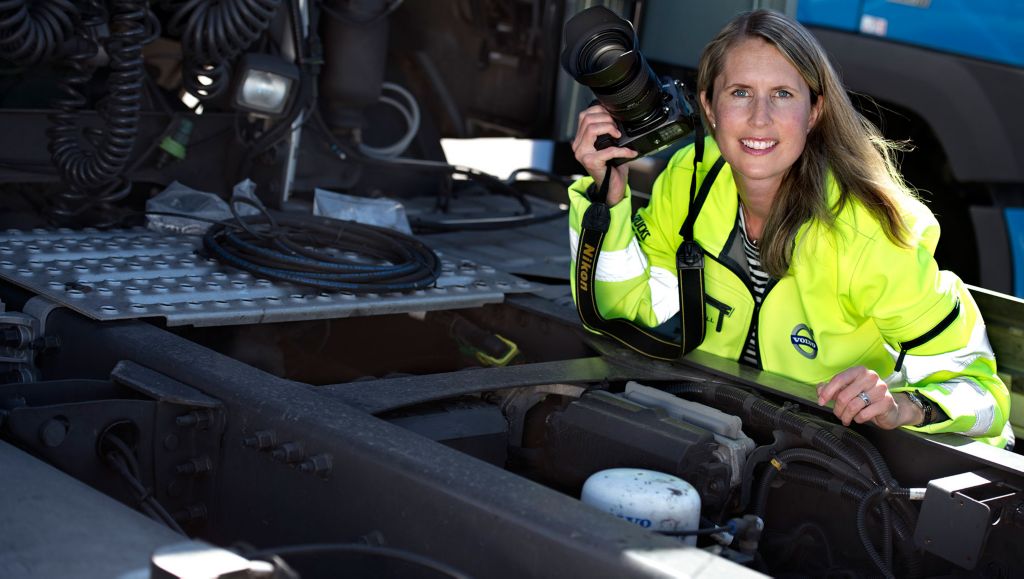Safety first


Anna Theander has been head of the accident research team at Volvo since April 2018. She chose to join Volvo nearly 10 years ago because she wanted to work for a company that invested in its employees and offered them the opportunity to grow and develop. She hasn’t been disappointed.
“I’ve had the chance to try different positions within Volvo and my managers have always given me the support I need,” says Anna.
Each day can be very different from the next in her job. She could be visiting the scene of an accident to investigate the cause and then representing Volvo on a committee where safety issues are being discussed.
“That’s the biggest challenge in my job, but also what makes it so enjoyable,” explains Anna. “One day I’ll be working with the rescue services and the Swedish Transport Administration inspecting a truck that has been in an accident and the next I will be involved in discussions about new European legislation in the field of safety.”
The team
She has a cross-disciplinary team of 10 people to help her, a network of experts in their fields who she works closely with. The work falls into three different categories. The operational activities include being on standby to investigate accidents. The road safety category involves taking part in various forums. The third category concerns accident statistics and data analysis.
“The members of my team visit the scenes of accidents, investigate what has happened and carry out analyses and in-depth studies,” explains Anna. “Our work comes right at the end of the development process and we pass on the results of our tests to the product development teams so that they can improve safety even further.
We are currently focusing on Sweden and other European countries, but in future we will also be looking at Asia and the rest of the world to find out more about how accidents can be prevented there as well.”

Safety and automation
The team is also investigating how new technologies such as automation can improve safety.
“If we develop autonomous systems, they must be safe,” says Anna firmly. “Autonomous systems can bring major benefits if they are developed in the right way. For example, they can be an advantage in workplaces where drivers are put at risk. Drivers’ concentration levels vary during the day, unlike autonomous systems. But people won’t accept the possibility of an autonomous system causing an accident,” continues Anna.
“Before we take away the drivers, we need to be aware that drivers prevent more accidents than they cause. This means that it’s important for automated systems and communications between the vehicle and the infrastructure to be developed step by step, so that we have control over what we’re doing.”
“The future in the field of safety looks bright. Because safety is the most important aspect of automation, we will be able to develop our support systems more quickly than we have done in the past,” explains Anna.
Volvo currently has several systems that increase safety levels, such as Volvo Dynamic Steering, which provides increased stability at high speed, the Advanced Emergency Braking System, which automatically brakes to prevent a collision with the vehicle in front, and ESC, which is an electronic stabilisation system that reduces the risk of trucks leaving the road and turning over. There are also systems which attract drivers’ attention if they are distracted or tired, such as Lane Keeping Support and Driver Alert Support.
As legislation is introduced to standardise safety systems, Anna believes that we will come closer to the vision of zero accidents with Volvo Group products.
We must continue to work towards achieving this zero accident vision. There is no other alternative.